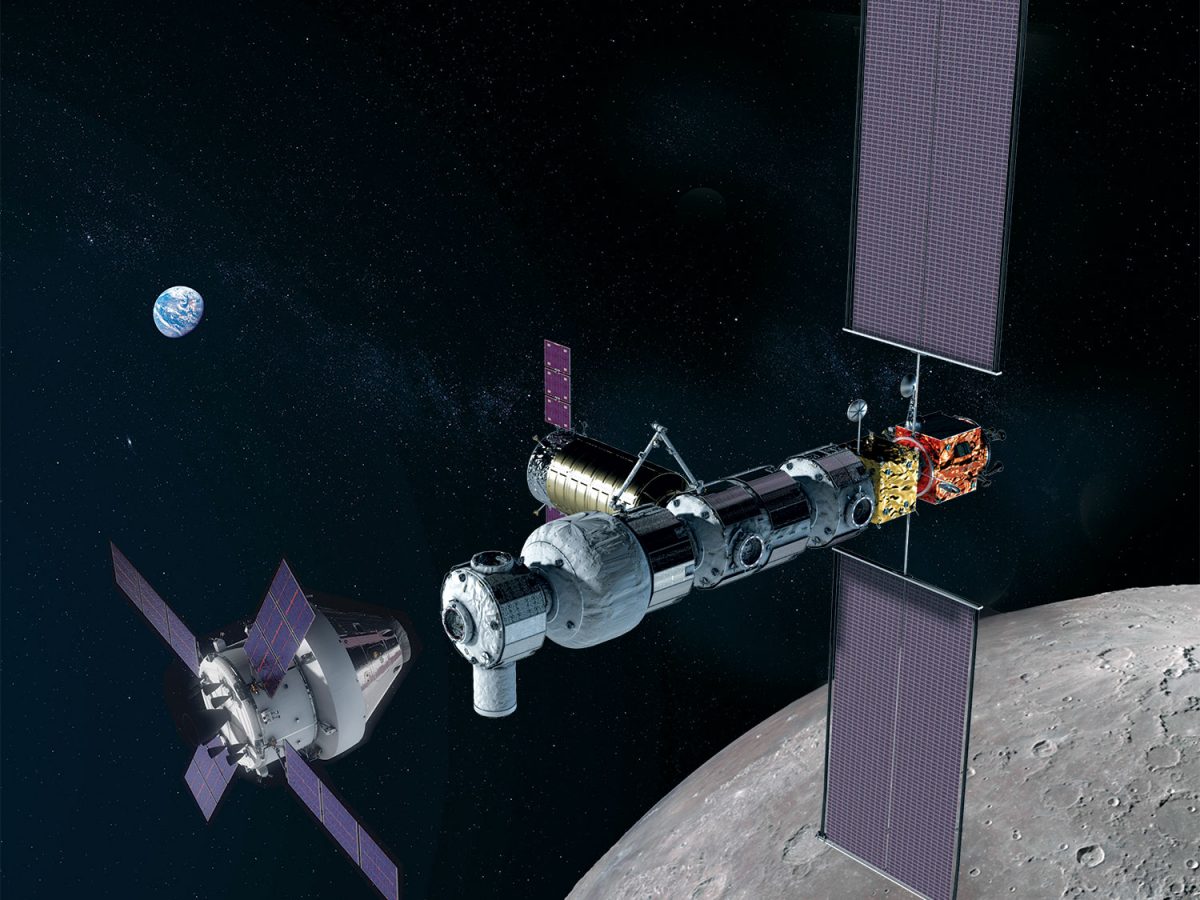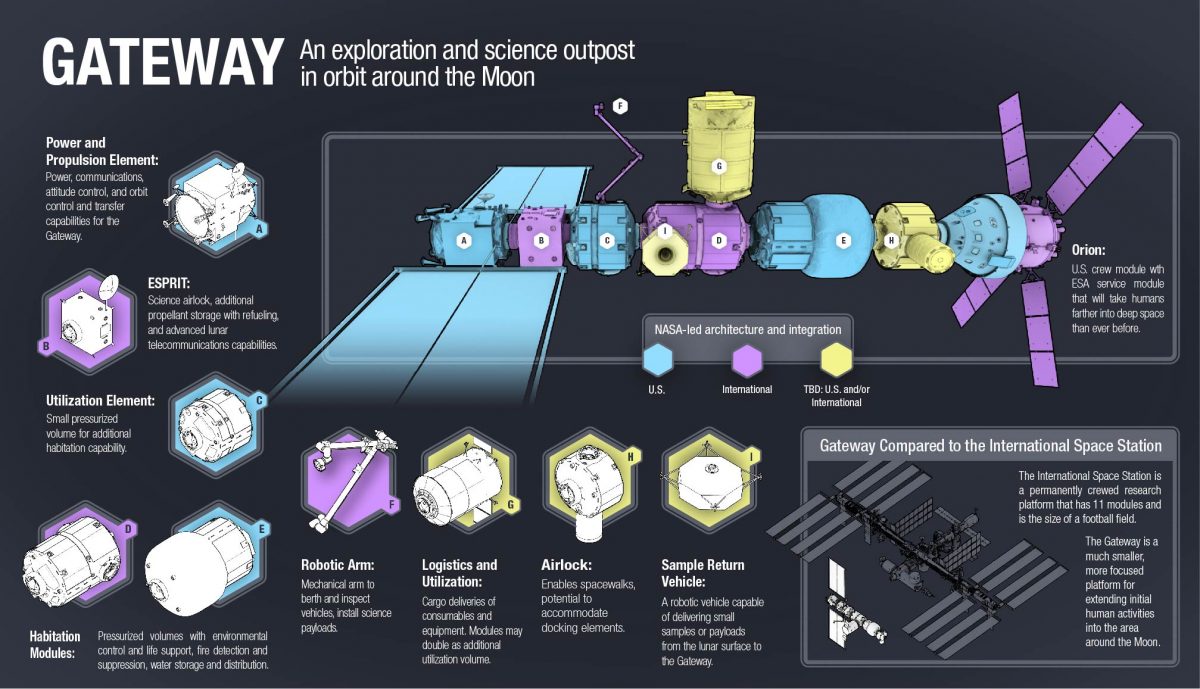BY ROBERT KOUMARELAS
The last manned landing on the moon was made by the crew of the Apollo 17 in 1972, and for more than four decades has been untouched by astronauts. But that might all change with the latest project being developed by NASA, and now Canada is going to play a huge role in it.

“It’s interesting that now the moon was kind of a bit neglected for about 30 years, so I think it’s exciting that there’s a project that’s focused on utilizing that space,” said Rasa Morrison, an Illustration graduate of Sheridan College that spends her time as an amateur astronomy enthusiast.
At a press conference on Thursday, Prime Minister Trudeau announced that Canada’s Space Agency will be partnering with NASA on the Lunar Gateway, planning to contribute $2 billion over 24 years for the project’s development. Trudeau has stated that this funding is predicted to contribute $100 million annually to Canada’s gross domestic product, as well as generate hundreds of jobs for Canadians.
One of the biggest contributions to this project will be a new Canadarm, which was originally developed by Canada in 1981.
With this significant contribution, many are hoping it will mean that we will see the first Canadian astronaut to walk on the moon in our life time.
“We in Astronomy and Astrophysics have a very keen interest in learning about the contents of the universe and how the universe works. Our work mostly involves telescopes, on the ground and in space. However, we share the excitement of getting humans out into the universe,” said Ray Carlberg, a professor at the University of Toronto’s Department of Astronomy and Astrophysics, who has served as the project director for the Canadian Thirty Meter Telescope since 2003.“One very interesting possibility is to consider building large telescopes on the moon, where there is no atmosphere, and they can be shielded from the light and radio waves that humans create on earth.”
This is the first international partnership that NASA has secured, and likely many other space-faring nations will follow suit. It is currently not known if the private sector, such as Elon Musk’s SpaceX, will partner with NASA on the Gateway station project.
The station is planned to be assembled in stages. The first to be built is planned to be sent into space as early as 2022, with the entire station being finished by 2026. The Lunar Gateway is planned to mostly maintain its orbit around the moon through use of an onboard AI.

There appears to be a trade off with developing this new station however, as NASA plans to end direct support to the International Space Station by 2025. This leaves the ultimate fate of the station in question, as there is speculation it will eventually be decommissioned and disassembled, or sold to a space agency in in the private sector.
There has been much excitement involving space exploration recently, due to the current United States government directing space agencies to refocus on researching the moon and other celestial bodies. On Saturday, SpaceX’s autonomous Dragon Capsule, successfully docked with the ISS.
The project is considered a huge undertaking and has many goals in mind for when it is built. Part of the goal of the project is to act as an outpost to send further manned missions to more aggressively explore the moon’s surface for resources. NASA plans to one day launch manned missions to and from Mars utilizing the station.
“Moving farther and farther into space gives us the opportunity to start fresh and move beyond our planet, which of course is slowly getting worse because of climate change. So, I’m looking at this as a long-term solution to further advance human civilization by having better access to explore the solar system,” said Morrison.
